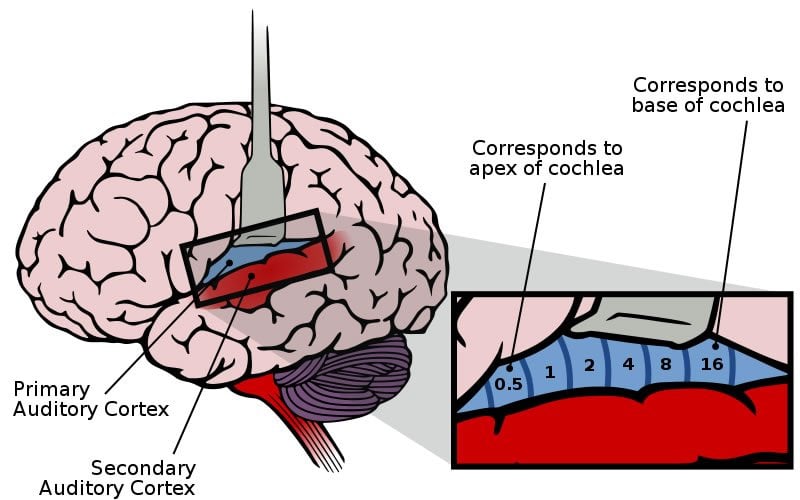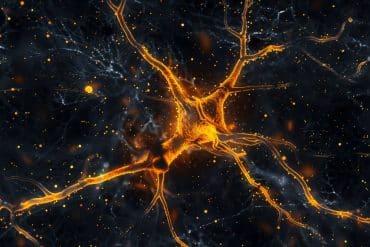In the first known study of its kind, researchers have shown that the language we learn as children affects brain structure, as does hearing status. The findings are reported in the Journal of Neuroscience.
While research has shown that people who are deaf and hearing differ in brain anatomy, these studies have been limited to studies of individuals who are deaf and use American Sign Language (ASL) from birth. But 95 percent of the deaf population in America is born to hearing parents and use English or another spoken language as their first language, usually through lip-reading. Since both language and audition are housed in nearby locations in the brain, understanding which differences are attributed to hearing and which to language is critical in understanding the mechanisms by which experience shapes the brain.
“What we’ve learned to date about differences in brain anatomy in hearing and deaf populations hasn’t taken into account the diverse language experiences among people who are deaf,” says senior author Guinevere Eden, D.Phil., director for the Center for the Study of Learning at Georgetown University Medical Center (GUMC).

Eden and her colleagues report on a new structural brain imaging study that shows, in addition to deafness, early language experience – English versus ASL – impacts brain structure. Half of the adult hearing and half of the deaf participants in the study had learned ASL as children from their deaf parents, while the other half had grown up using English with their hearing parents.
“We found that our deaf and hearing participants, irrespective of language experience, differed in the volume of brain white matter in their auditory cortex. But, we also found differences in left hemisphere language areas, and these differences were specific to those whose native language was ASL,” Eden explains.
The research team, which includes Daniel S. Koo, PhD, and Carol J. LaSasso, PhD, of Gallaudet University in Washington, say their findings should impact studies of brain differences in deaf and hearing people going forward.
“Prior research studies comparing brain structure in individuals who are deaf and hearing attempted to control for language experience by only focusing on those who grew up using sign language,” explains Olumide Olulade, PhD, the study’s lead author and post-doctoral fellow at GUMC. “However, restricting the investigation to a small minority of the deaf population means the results can’t be applied to all deaf people.”
The study was supported by the Eunice Kennedy Shriver National Institute of Child Health and Human Development (P50 HD40095), the National Institute on Deafness and Other Communication Disorders (F32 DC007774), the National Science Foundation (SBE 0541953), and a supplement from the National Institutes of Health and the National Science Foundation to (SBE 0541953).
Contact: Karen Teber – Georgetown University Medical Center
Source: Georgetown University Medical Center press release
Image Source: The image is credited to Chittka L, Brockmann and is licensed Creative Commons Attribution-Share Alike 2.5 Generic
Original Research: The research will be published in Journal of Neuroscience. We will provide a link to the research when it becomes available.






